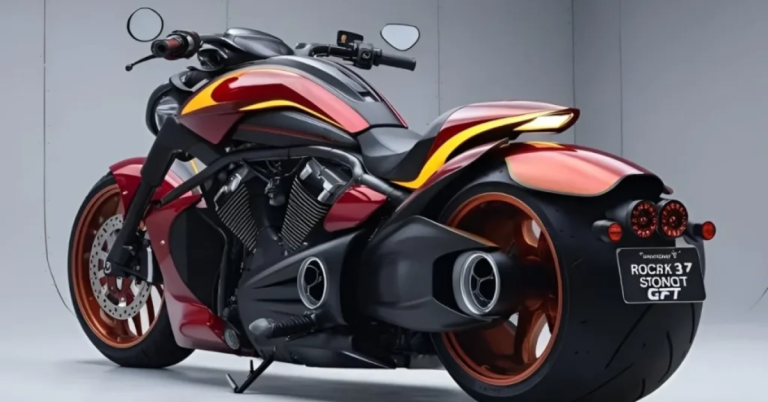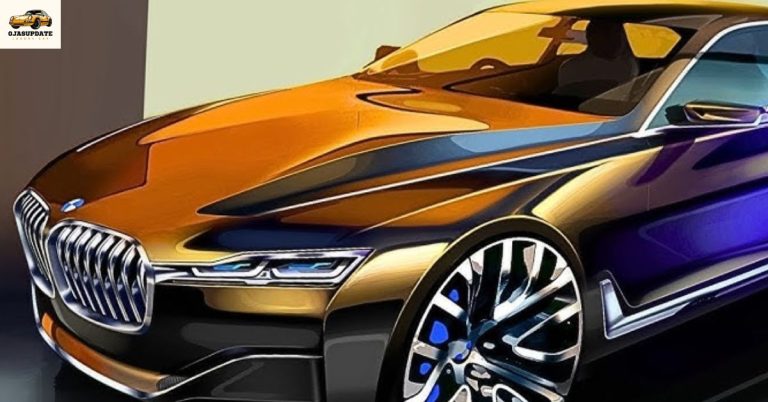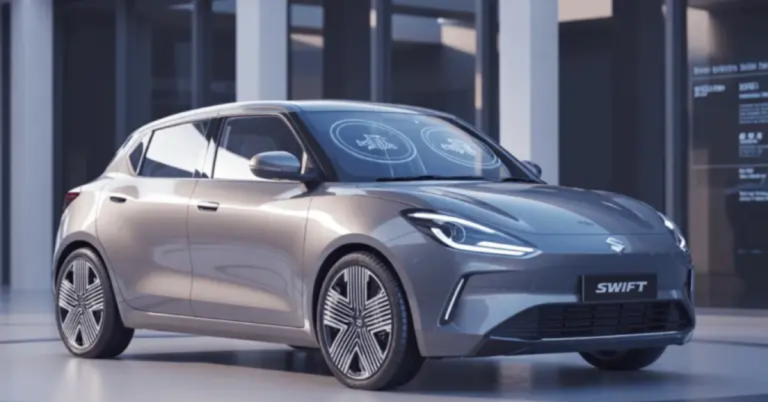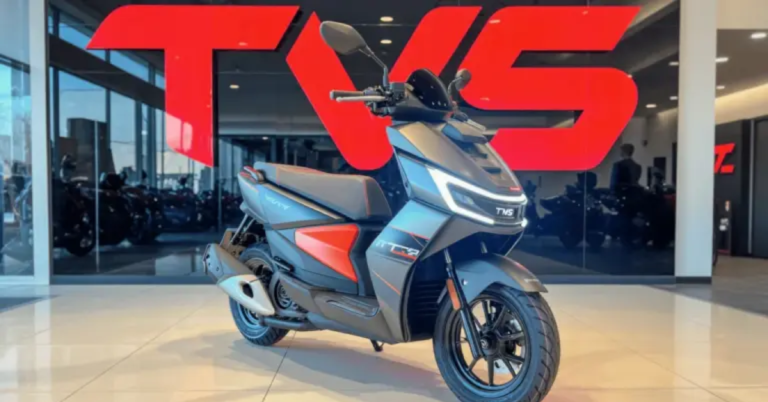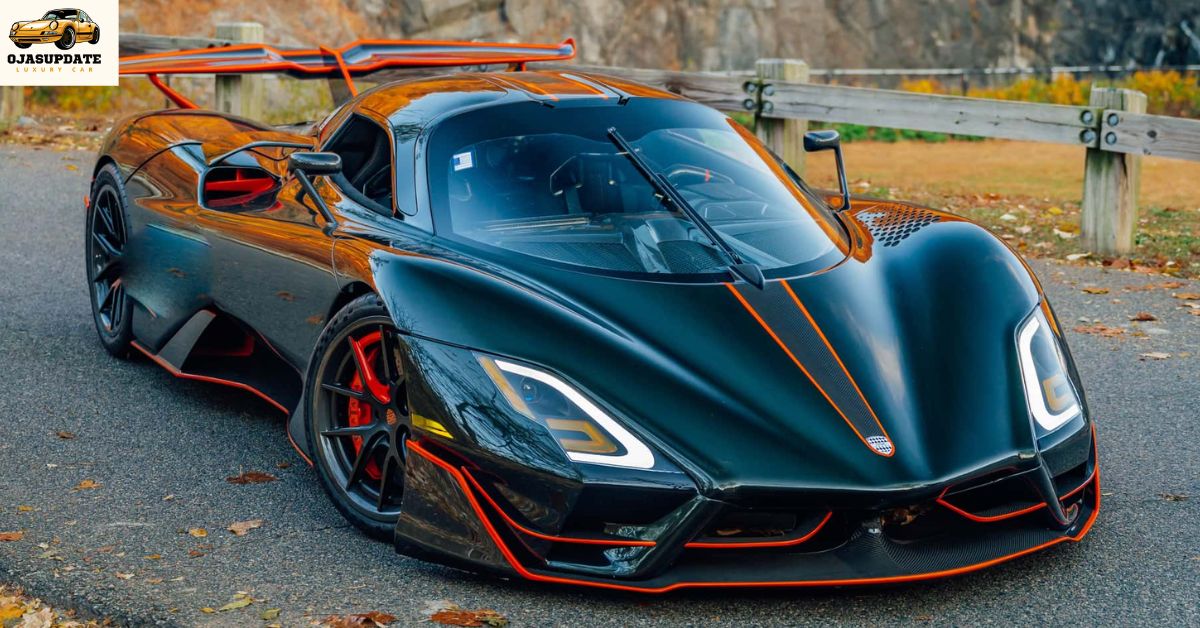
In the world of hypercars, names like Bugatti, Koenigsegg, and McLaren often dominate the conversation. But in recent years, a lesser-known American automaker—SSC North America—has entered the spotlight with a machine so audacious that it threatens to upend the traditional hierarchy. Meet the SSC Tuatara, a hypercar that isn’t just fast—it’s a symbol of what’s possible when engineering ambition knows no bounds.
The Origins of the Beast
SSC (formerly Shelby SuperCars) was founded by Jerod Shelby, an American entrepreneur with no relation to the legendary Carroll Shelby. The company first gained attention with the SSC Ultimate Aero, which briefly held the title of the world’s fastest production car in 2007, hitting 256.14 mph and dethroning the Bugatti Veyron.
But while the Ultimate Aero made headlines, it was merely the prelude. After nearly a decade of development, SSC revealed the Tuatara—a name inspired by a New Zealand reptile whose DNA evolves faster than any other living creature, symbolizing the Tuatara’s cutting-edge technology and constant innovation.
Designed to Slice Through Air
Designed by ex-Pininfarina designer Jason Castriota, the SSC Tuatara’s appearance is equal parts futuristic and aerodynamic. Every curve, vent, and edge has been sculpted with aerodynamics in mind. In fact, the car boasts an astonishingly low drag coefficient of just 0.279, which is even better than many electric vehicles known for their slippery shapes.
Unlike the aggressive, almost brutish stance of some hypercars, the Tuatara looks refined, sleek, and elegant—like a predator that doesn’t need to roar to intimidate.
Heart of a Monster
The real magic of the Tuatara lies beneath its rear engine cover: a 5.9-liter twin-turbocharged V8 developed in-house by SSC. This powerplant delivers 1,750 horsepower when running on E85 ethanol, or around 1,350 horsepower on regular 91-octane fuel. Power is sent to the rear wheels via a 7-speed robotic manual transmission with computer-controlled shifting.
What makes this engine particularly fascinating isn’t just the power output—it’s the engineering behind it. Built from billet aluminum, the engine is incredibly light and compact, allowing for optimal weight distribution and better handling.
Chasing the Speed Crown
In October 2020, SSC claimed that the Tuatara had broken the world speed record for production cars, hitting an average of 316.11 mph (508.73 km/h) during two runs in opposite directions on a stretch of highway in Nevada. The news sent shockwaves through the automotive world—until questions about GPS accuracy and video data cast doubt on the record’s legitimacy.
To their credit, SSC acknowledged the controversy and returned to the drawing board. In January 2021, they conducted another verified high-speed test, during which the Tuatara reached 282.9 mph (455.3 km/h). While still short of their original claim, this speed was achieved under more verifiable conditions and remains one of the highest ever recorded by a production vehicle.
Technology Meets Precision
The Tuatara isn’t just about brute speed. It’s also a technological marvel. It features a carbon-fiber monocoque chassis and body, helping keep weight to around 2,750 pounds (1,247 kg)—extremely light for a car of this caliber. The active aerodynamics adjust in real-time, and the suspension system has been tuned for both road use and high-speed stability.
Inside, the Tuatara features a surprisingly minimalist and driver-focused cockpit. The central touchscreen controls most of the car’s systems, and digital instrumentation offers real-time telemetry and performance data. It’s clear that everything has been designed with purpose.
Rarity and Exclusivity
SSC plans to build only 100 Tuataras, making it one of the rarest hypercars in existence. Each one is customizable to the buyer’s specifications, and prices start at $1.9 million, depending on options and build requirements.
This level of exclusivity, combined with its performance credentials, puts the Tuatara in a league of its own. It’s not just a car—it’s a collector’s item, an engineering milestone, and a statement.
The Future of Hypercars?
What the SSC Tuatara represents is more than just speed. It symbolizes a shift in the automotive world, where smaller, independent companies can challenge giants and still push the boundaries of what’s possible. In an era where electrification and sustainability are driving change, the Tuatara is a defiant celebration of combustion-powered innovation—possibly one of the last of its kind.
